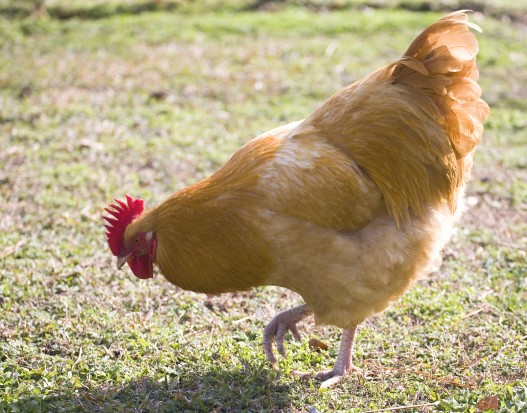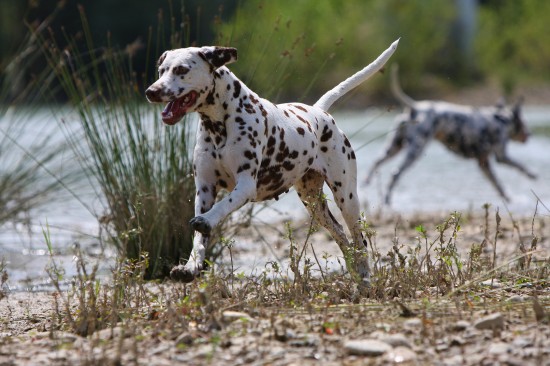
Horses can be boarded at a commercial stable; however, keeping a horse on your property provides you with more management control, and saves you money. Though keeping your horse on your property allows greater enjoyment and learning experiences, it also requires you to be more attentive toward your horse and to be more knowledgeable in the care of your horse.
Horses are quite sturdy and adaptable and when it comes to providing adequate shelter, their needs are very basic. Horse shelter essentially needs to provide shade, ventilation, protection from the elements, and dry footing. Building a horse barn can be quite a project (and costly). If you have only basic carpentry skills or are on a limited budget, you may want to consider renovating a shed or other structure you may already have on your property or erecting a three-sided shelter.
A common horse shelter is an open-front building, or sometimes referred to as a lean-to or run-in shelter. These structures can be permanent or portable sheds. A portable structure is convenient as it can be moved to allow removal of manure or to be relocated when pasture is rotated. The open-front should always be positioned away from prevailing winds to offer better protection from rain and snow.
As a rule-of-thumb, at minimum, 80 square feet of floor space per average 1,000 pound horse should be provided. A 12-foot by 12-foot structure would be more ideal; however, many structures come prefabricated in 10-feet by 12-feet designs, which is also adequate. Most prefabricated shelters are between 8 to 10 feet high on the backside and 9 to 12 feet high on the open side.
Your horse also needs a large exercise area like a corral. The minimum exercise area should be about 1/8 acre, but 1/2 acre is better. If your horse is fed primarily hay, then keeping your horse on ½ acres is adequate. Ideally, you want to turn your horse out to managed pasture. Two acres per horse is best. However, one acre can provide adequate grazing, but requires more land management. Therefore, a combination of pasture and small lot or barn is needed to minimize overgrazing.
The most important thing about a fence is it must be visible to your horse. The fence must be visible to the horse to prevent it from becoming tangled in the fence or running through the fence. When using an electric fence, wide ribbon wire is best. Electric fencing should only be used as an interior fence, never as a major exterior fence.

Randall Holman, site owner of Front Range Frenzy and horse enthusiast, is the author of the above article. You will find other easy and practical basic horse care information on his website: http://www.FrontRangeFrenzy.com.
 Dog Licking To Indicate Submission
Dog Licking To In
Dog Licking To Indicate Submission
Dog Licking To In
 Leg Problems And Lameness In Chickens
Leg Problems And
Leg Problems And Lameness In Chickens
Leg Problems And
 Troubleshooting Ticks - More About Ticks And Dogs
Troubleshooting T
Troubleshooting Ticks - More About Ticks And Dogs
Troubleshooting T
 Dog Food And Your Dogs Health
Dogs have survived for thousands of years on meat and th
Dog Food And Your Dogs Health
Dogs have survived for thousands of years on meat and th
 Five Common Questions From Dog Owners About Vaccinations And Boosters
Five Common Quest
Five Common Questions From Dog Owners About Vaccinations And Boosters
Five Common Quest
Copyright © 2005-2016 Pet Information All Rights Reserved
Contact us: www162date@outlook.com